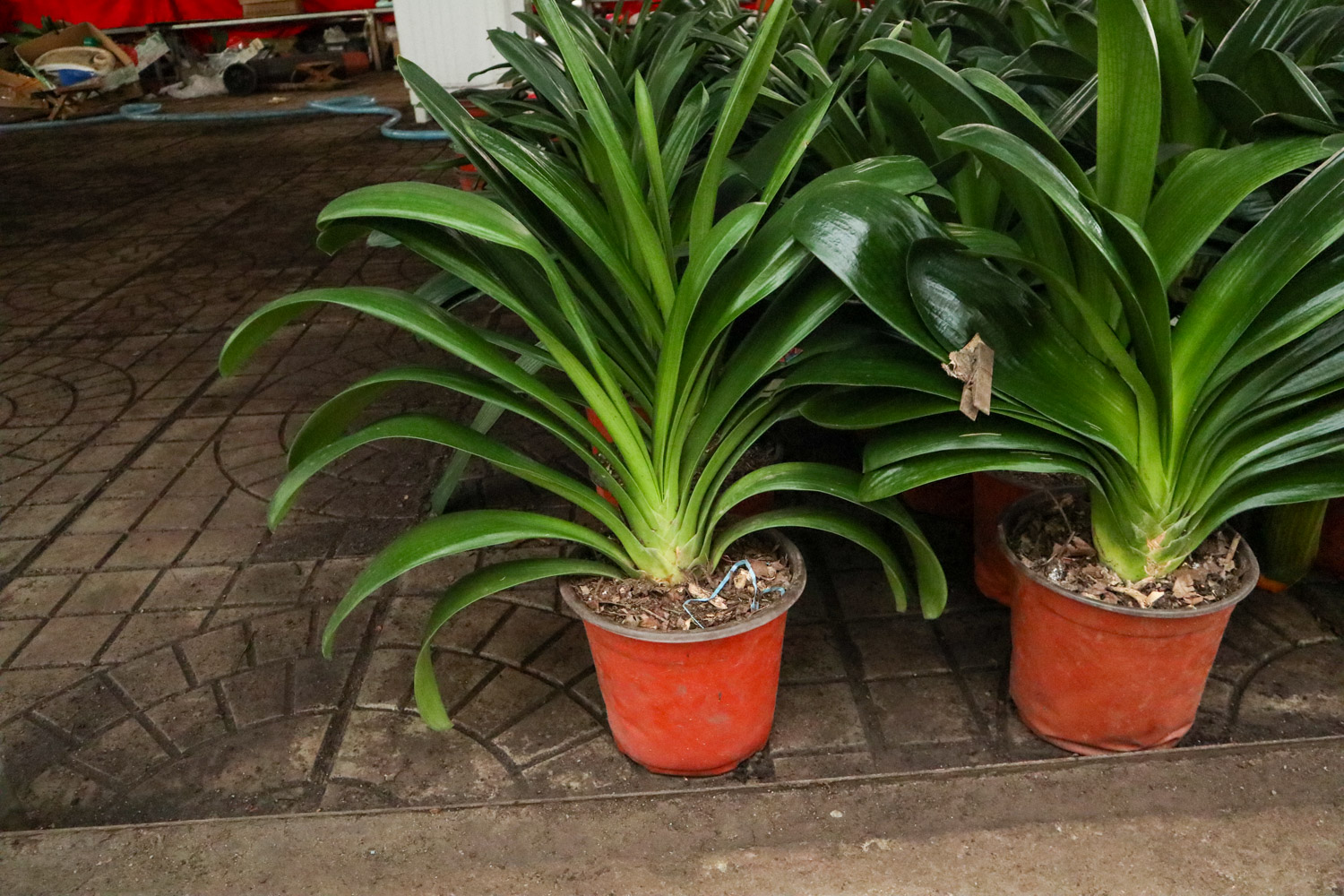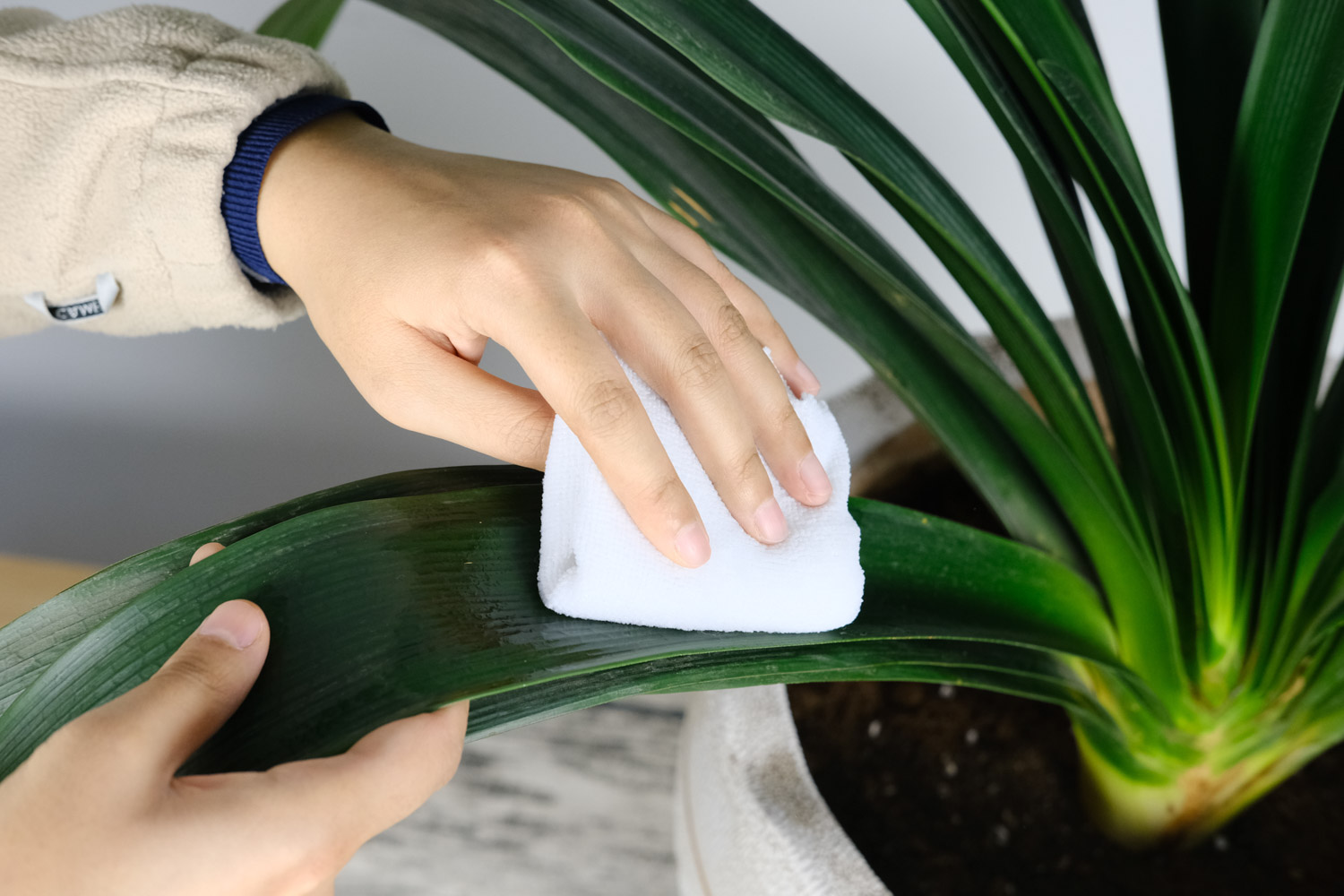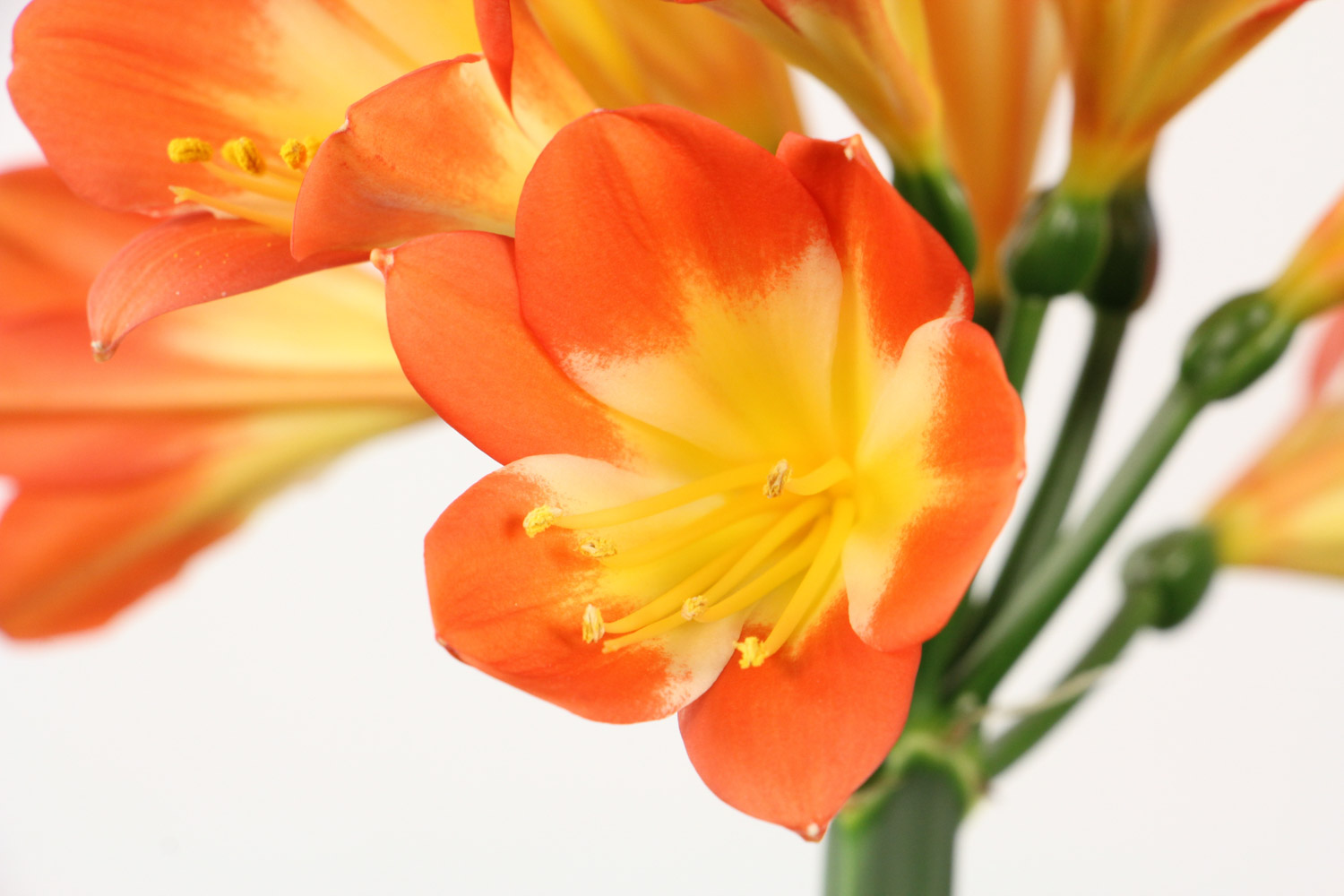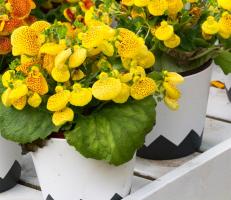1、 Illumination
Winter is the growth period of Clivia, which needs sufficient light, but it can't accept direct sunlight for a long time, but it should accept bright scattered light. During indoor maintenance, it can be placed next to the bright living room or window to ensure light. Clivia has strong light chasing characteristics. Its leaf tip will face the direction of the source of the light source, so each rotating basin should rotate in the direction of 180 degrees, so that the leaves will grow symmetrically on both sides

2、 Temperature
This kind of plant should be maintained indoors in winter, because it can grow normally at a temperature of about 10-15 degrees, and can accept low temperature for a period of time. It can also be accepted occasionally below zero degrees, but frostbite will occur for a long time or below zero degrees. Pay attention to avoid it
Sometimes, in order to promote plant flowering, we can deliberately create a period of low temperature from late autumn to early winter, that is, a low temperature of about 5 degrees, which is more conducive to the flowering of Clivia. After the plant has been pregnant with flower buds, we suggest that the temperature be controlled at about 15-18 degrees. If the temperature continues to be too low, there will be arrow clamping. If the temperature is too high, the flower arrows may appear thin and weak, which is not conducive to plant growth

3、 Fertilizer and water
In winter, water shall be properly controlled to reduce the amount of water and keep the soil surface slightly dry. Proper topdressing is required during the growth period. Every 10 days or so, give Clivia a thin amount of nitrogen fertilizer, such as the all vegetable compound fertilizer dissolved in water, or our self-made organic fertilizer. Grasp the principle of applying thin fertilizer frequently, many times and a small amount each time. In this way, Clivia can grow normally


 how many times do yo...
how many times do yo... how many planted tre...
how many planted tre... how many pine trees ...
how many pine trees ... how many pecan trees...
how many pecan trees... how many plants comp...
how many plants comp... how many plants can ...
how many plants can ... how many plants and ...
how many plants and ... how many pepper plan...
how many pepper plan...
































